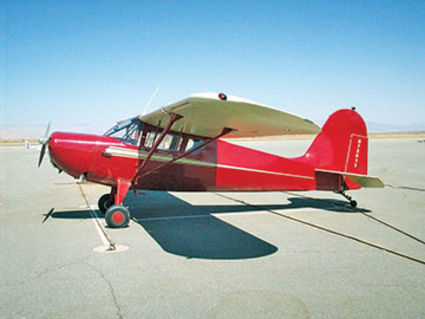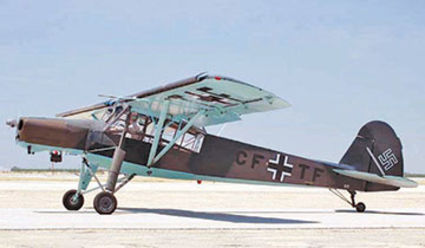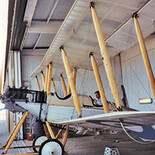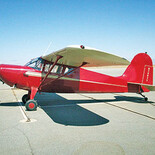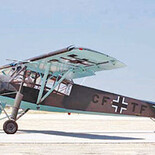Rarely seen aircraft from the past
Short Flights
My husband, Al, and I always enjoy learning something new about little known aircraft from the past. Recently I came across a photo that I took at the September 2012 Plane Crazy Saturday Two at California City Municipal Airport of a 1946 Commonwealth Skyranger 185.
Originally, this aircraft was built by Rearwin Airplanes and the company manufactured 80 airplanes before World War II stopped production of civilian airplanes. (In all, only 275 Skyranger 185s were built.)
Rearwin was reorganized in 1943 as Commonwealth Aircraft Corp and when the war ended, they resumed production of the Skyranger hoping to entice businessmen and sport flyers to purchase this easy to fly and stable machine.
The two-place aircraft featured side-by-side seating, a fabric-covered steel tube fuselage with wooden wings and a price tag of $3,000. Slots (non-moveable openings) were located on the outboard leading edge of the wings to allow the plane to fly at a higher angle of attack. Another plus for pilots was the good forward visibility over the nose when taxiing. The aircraft sits more flat on the ground compared to other tail-draggers.
Powered by an 85-horsepower Continental, with a fuel burn of 4.5 gallons per hour, this airplane made a good economical ride.
The Royal Aircraft Factory B.E.2, World War I British Reconnaissance/Bomber is another rarely seen aircraft, but our friend, the late Al Letcher, was restoring one at Mojave nearly 25 or 30 years ago.
He had the special wooden four-bladed propeller manufactured per blueprints, but when it arrived, all the blades had the opposite pitch than was needed and it had to be redone!
The large bi-plane had equal length wings of 37 feet and the fuselage measured 27 feet, 3 inches. The powerplant was an air-cooled Renault V-8 that developed 90 horsepower.
The Royal Aircraft Factory evolved from the Royal Balloon Factory and the B.E.2 was their first effort at airplane production. The chief designer and test pilot was Geoffrey de Havilland.
This aircraft had a crew of two; pilot and observer. Maximum speed was 72 miles per hour with a range of 200 miles and a service ceiling of 10,000 feet.
Steve Ericson owned a very rare and historical World War II Fieseler Fi 156 'Storch' and I was lucky enough to get in for a ride. At the time, my husband Al owned a Russian AN-2. I thought it would be fun to see who could land the shortest, but I knew the Storch would probably win! Both planes land really slow and short.
The Fi 156 Storch (translated Stork) has an extremely short take-off and landing capability. During WWII, it needed only 420 feet of prepared landing strip and could land in 126 feet, using maximum braking. The wingspan is about 47 feet and the fuselage length is 32.5 feet.
The landing gear is designed so that the main wheels are located ahead of the center of gravity and an unusual oleo-stroke length, allows full application of the hydraulic wheel brakes. The wings are braced and set high with slats on the entire leading edge, and with slotted ailerons and flaps extending across the trailing edge of the wings to add to the STOL (short take-off & landing) characteristics.
See you on our next flight!


